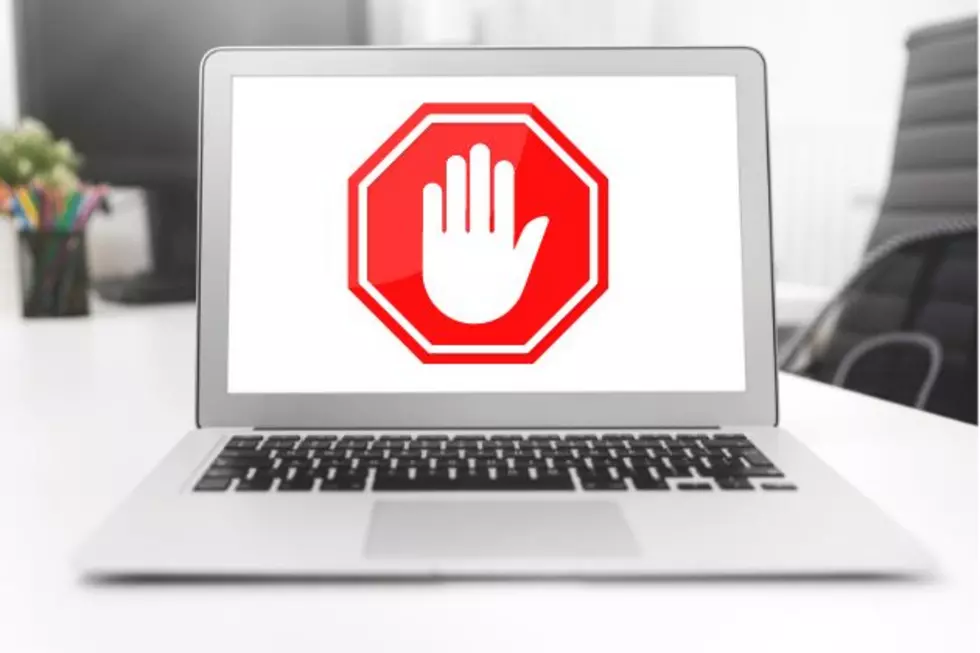![Budd Lake Tragedy Spurs Ice Safety Questions [POLL]](http://townsquare.media/site/385/files/2013/01/broken-ice.jpg?w=980&q=75)
Budd Lake Tragedy Spurs Ice Safety Questions [POLL]
Is it safe to go on the ice? In New Jersey, there is no "solid" answer.
There are no specific guidelines in place as to when the public can or cannot partake in
frozen pond and lake activities during the winter, and the reminder comes in the unfortunate manner of two deaths.
Late Wednesday afternoon, search crews recovered a second body from Budd Lake in Mount Olive.
The first body was removed from the water Tuesday afternoon, a day after two high school friends fell through the ice more than 100 yards from land.
While some safety advocates declare four inches of ice as "safe" for the public, others would suggest six. Others, like the U.S. Coast Guard, would tell people the ice is never safe.
Such differing opinions, and no real answer, results in the same warning at many bodies of water: "_______ At Your Own Risk." In some instances, there are no warnings issued at all.
Temperatures have been rather mild compared to years past. A frozen lake could seem indestructible in one spot; a few feet away, the ice conditions can be drastically different.
There's no such thing as 'safe' ice
"I do think the boys were misled," said 19-year-old Amanda Shaw, of the two Mount Olive High School students who lost their lives this week. "There were ATVs out on the lake (Monday); there were people skating and playing hockey."
According to the Minnesota Department of Natural Resources, "there is no such thing as 100 percent safe ice." The strength of ice depends on size, age, temperature, thickness, water chemistry and currents, the size of the body of water, the depth of the water.
ICE SAFETY TIPS
- Never go on the ice by yourself
- Have certain items with your group (cell phone, rope, etc.)
- Drill a hole in the ice to determine the thickness. Some towns do this themselves.
- If you fall into the ice, swim towards the direction you came.
More From New Jersey 101.5 FM

![2nd Teen’s Body Pulled From Budd Lake [VIDEO]](http://townsquare.media/site/385/files/2013/01/BUDD11.jpg?w=980&q=75)

![Budd Lake Search Reaches Day 3 [AUDIO/VIDEO]](http://townsquare.media/site/385/files/2013/01/sunsetscene.jpg?w=980&q=75)
![One Body at Budd Lake Recovered [VIDEO]](http://townsquare.media/site/385/files/2013/01/BUDD1.jpg?w=980&q=75)




